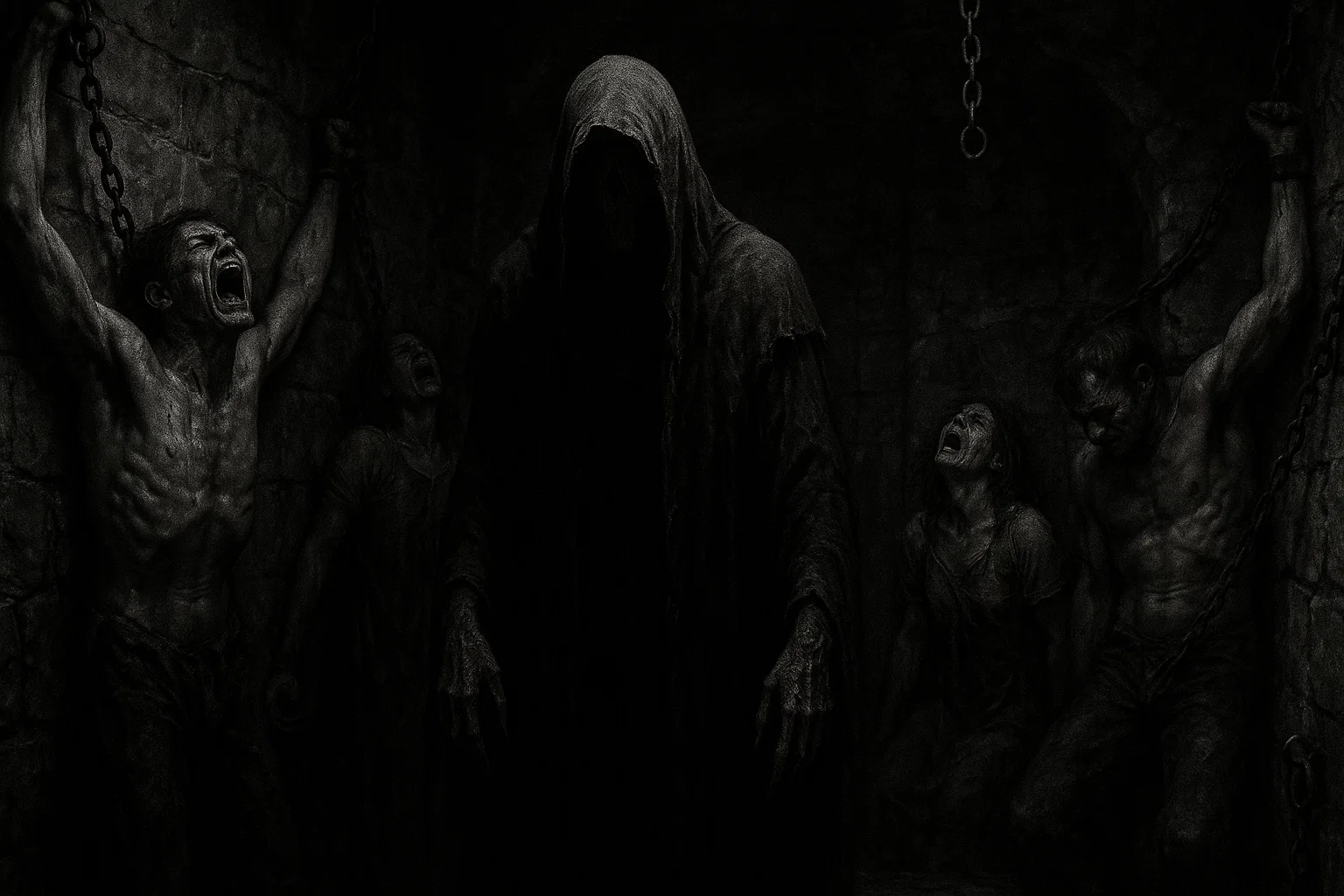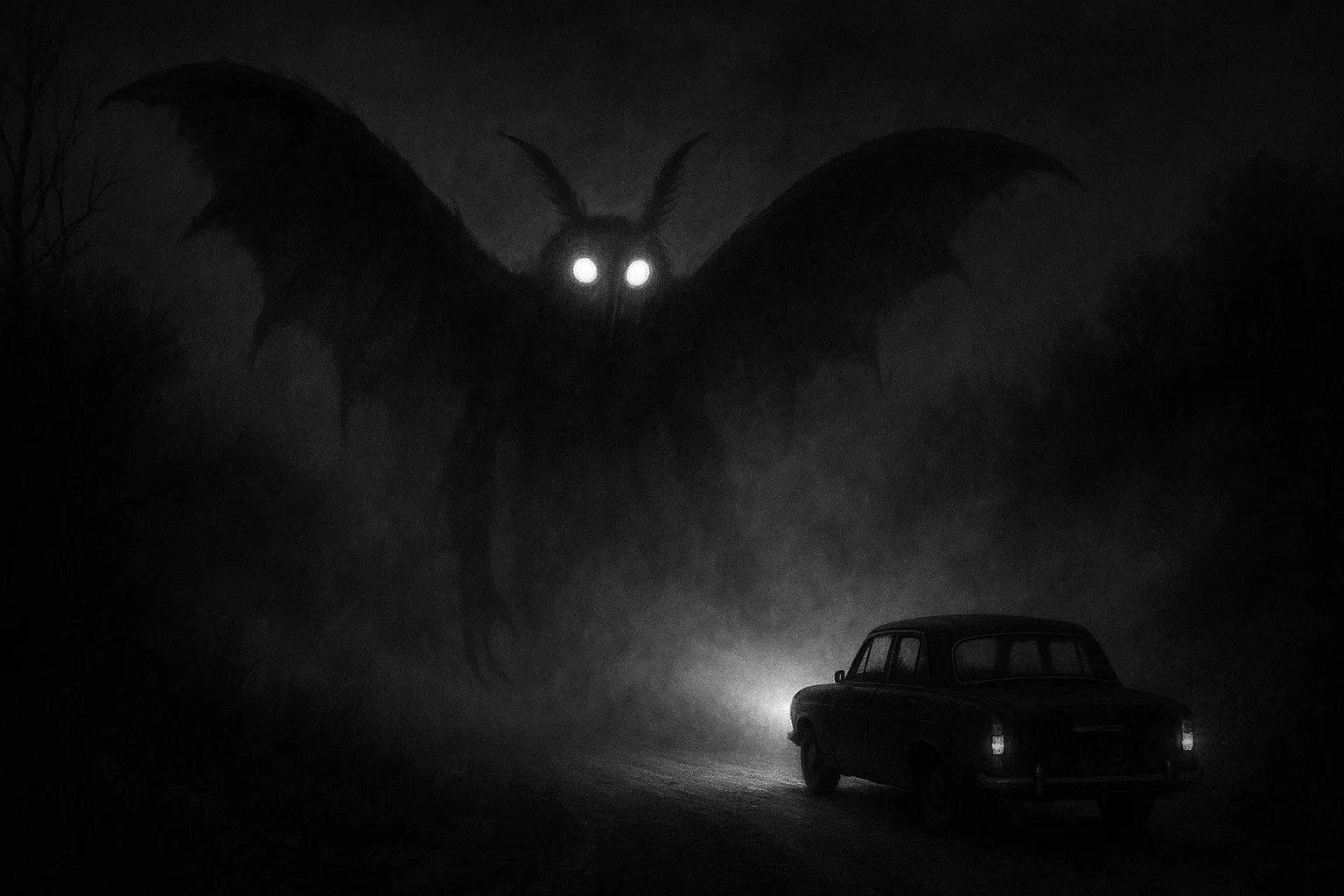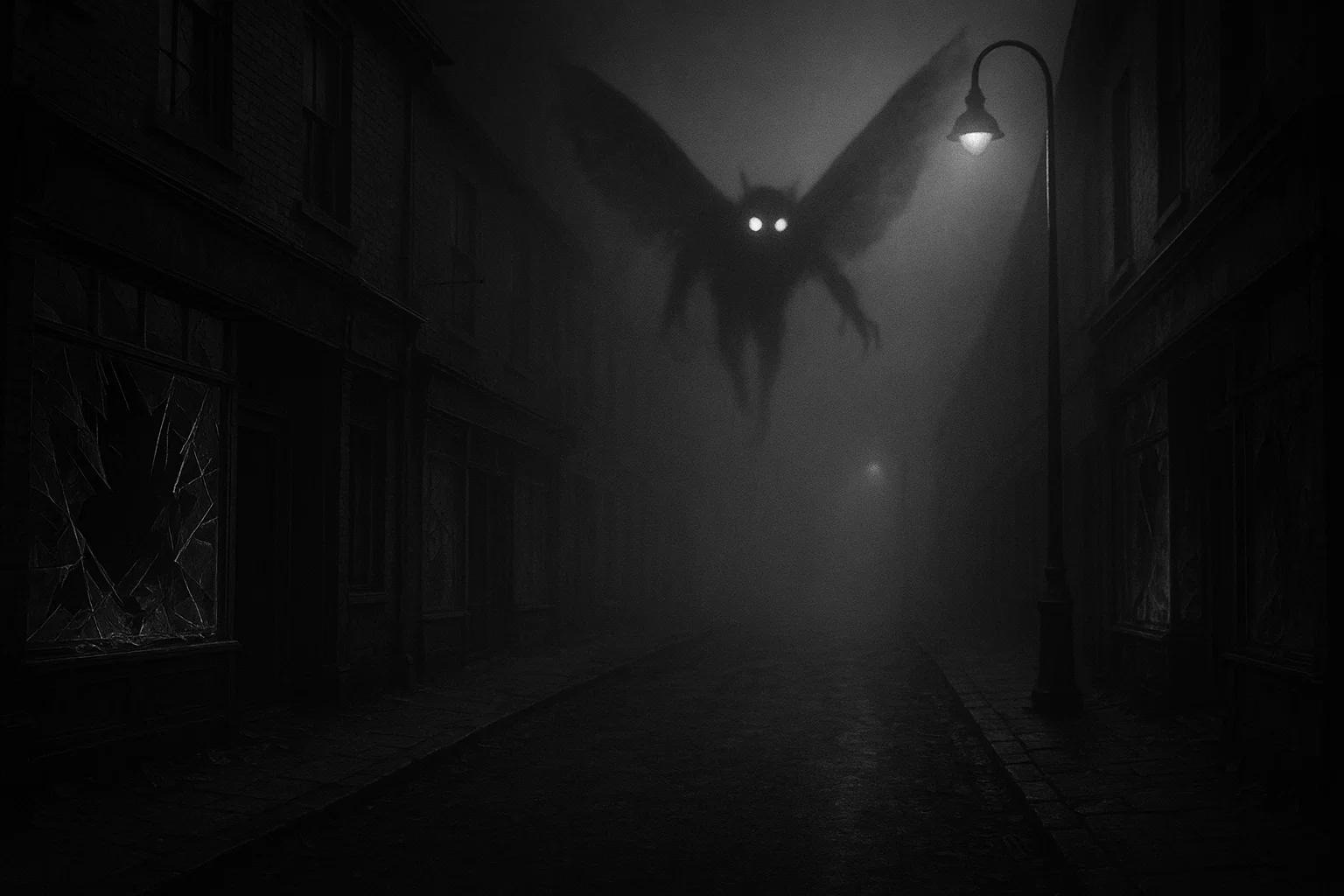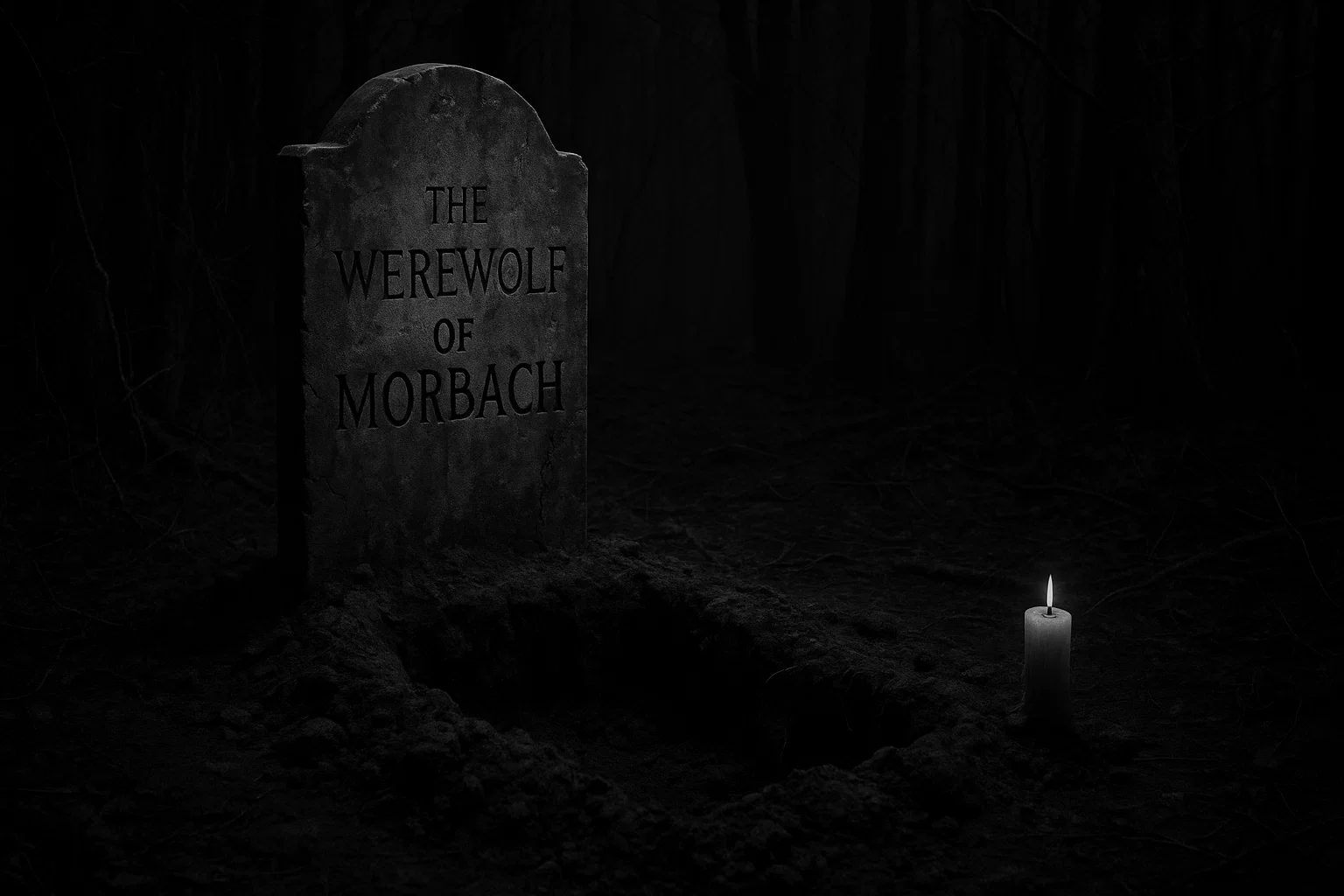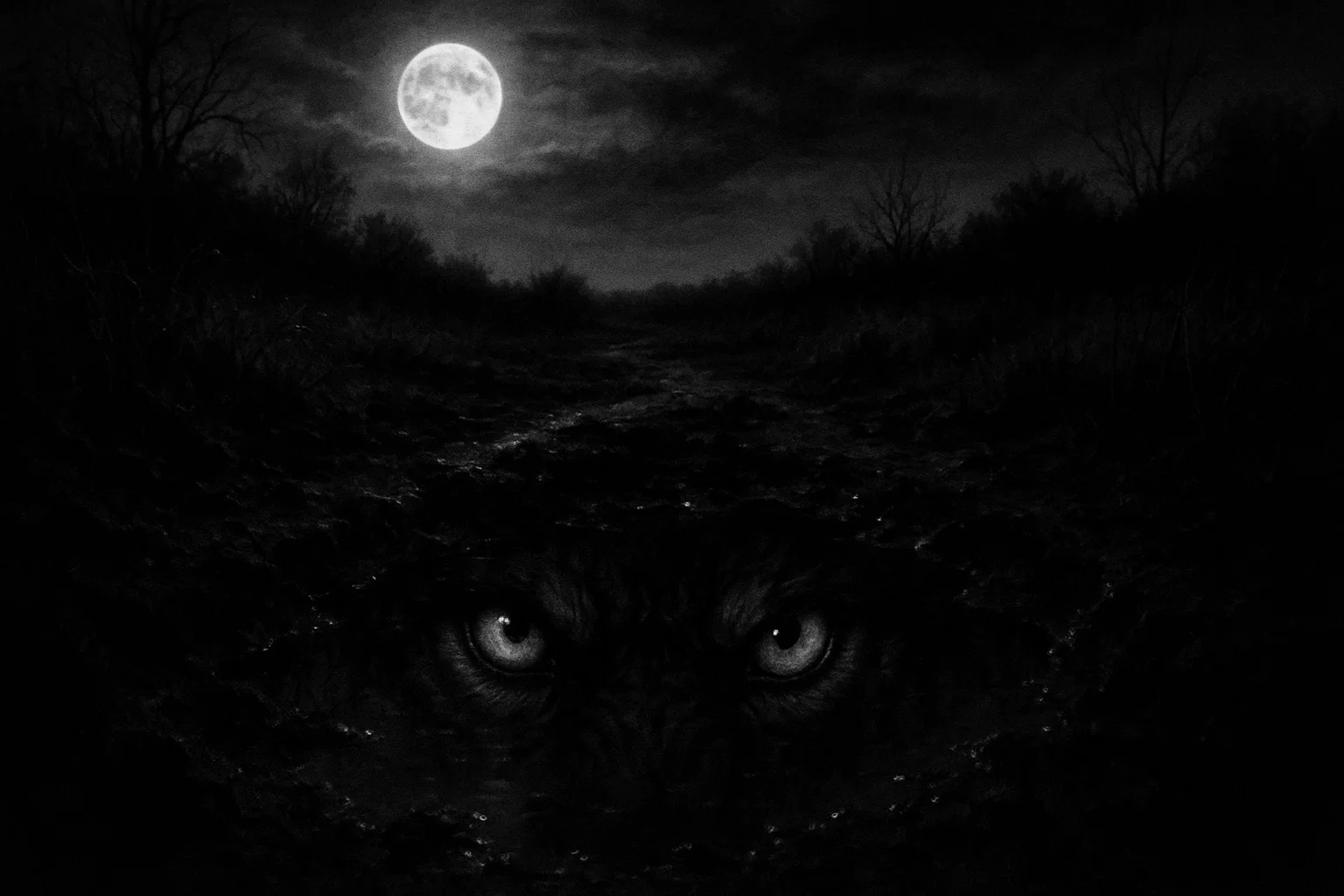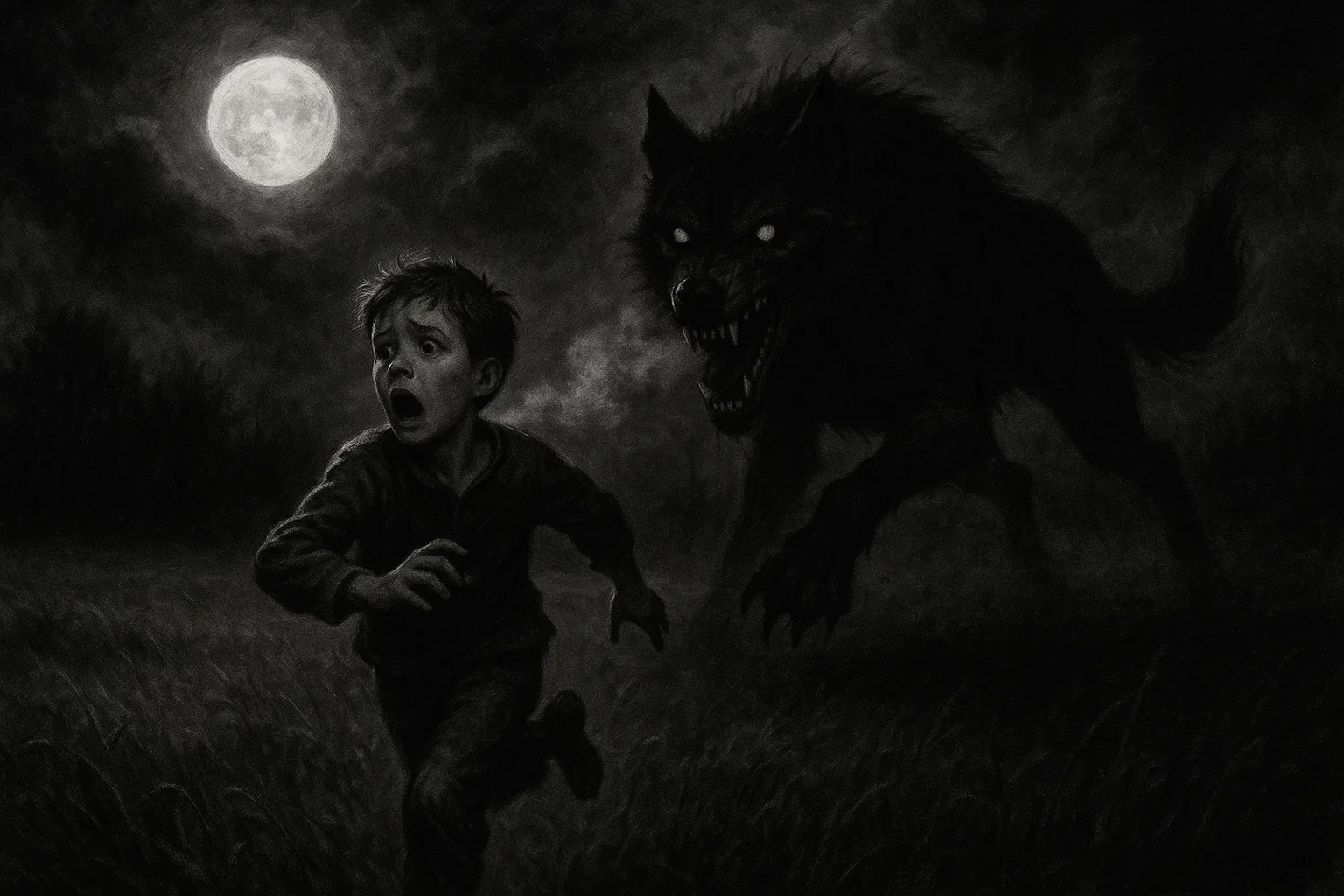Deep within the shadowed pages of medieval grimoires lies Akesoli, a lesser-known yet haunting figure in Goetic demonology. Known as the pain-bringer, this demon serves under Amaimon, the formidable king of Hell’s eastern or southern regions.
While Akesoli lacks the fame of Agares or Paimon, his name evokes a chilling promise of affliction, making him a compelling subject for those exploring the darker corners of occult lore.
Who is Akesoli? What powers does this obscure servant wield? This article uncovers his origins, abilities, and place in demonological tradition, drawing from ancient texts like The Sacred Magic of Abramelin the Mage to answer these questions and more.
Table of Contents
Key Information About Akesoli
| Attribute | Details |
|---|---|
| Name | Akesoli (Akefely) |
| Titles | Servant Demon |
| Appearance | Shadowy, possibly humanoid with menacing, pain-inducing features |
| Pantheon | Goetic Demonology (Abramelin System) |
| Equipment/Tools | None specified; likely uses chains or thorns symbolically |
| Associated Gem | Onyx |
| Associated Color | Black, Red |
| Astrological Influence | Scorpio, Mars, Saturn |
| Equivalents | None explicitly noted |
| Alignment | Chaotic Evil |
| Opposing Angel/Saint | Archangel Uriel, Saint Bartholomew |
What Is the Meaning of Akesoli’s Name?
The name Akesoli, pronounced “AH-keh-SOH-lee,” carries a weight of dread rooted in its etymology. According to S.L. MacGregor Mathers’ 1898 translation of The Sacred Magic of Abramelin the Mage, Akesoli means “pain-bringer” or “afflicter,” derived from Hebrew or Aramaic origins.
The root “akas,” meaning to trouble or afflict, combines with “soli,” a suffix implying agency or action, crafting a name that promises suffering. Some scholars trace it to Akkadian terms like “akāšu,” associated with divine punishment or torment, suggesting Akesoli’s role as an enforcer of Amaimon’s wrath.
This etymology aligns with medieval demonological traditions, where names were crafted to reflect a demon’s purpose.
You May Also Like: Bathsheba Sherman True Story: The Conjuring’s Real Witch?
The pain-bringer moniker hints at physical or emotional torment, positioning Akesoli as a specialized agent within Hell’s hierarchy. Alternate spellings, such as Akefely, may stem from scribal variations or transliteration challenges, but they preserve the name’s ominous tone.
In rare esoteric discussions, Akesoli’s name is compared to Akelos, a mythological river spirit, though this link is tenuous and likely coincidental.
The name’s stark simplicity, devoid of the grandeur of Lucifer or Astaroth, underscores Akesoli’s role as a functional, subordinate demon, yet its meaning resonates with those seeking to understand his obscure legacy.
Akesoli Historical and Mythological Background
The story of Akesoli emerges from the pages of The Sacred Mathers’ translation, this medieval grimoire outlines a rigorous system for achieving divine knowledge, requiring the summoner to command demons like Akesoli through a six-month purification ritual.
Unlike prominent figures like Agares or Paimon, Akesoli is a servant demon, tasked with executing the will of Amaimon, one of Hell’s four cardinal kings. His role reflects the Abramelin system’s emphasis on a structured infernal bureaucracy, where lesser demons serve higher powers in a complex chain of command.
Akesoli’s origins are shrouded in mystery, as he lacks the fallen angel narrative of Goetic peers.
His name and function suggest influences from Jewish mysticism, particularly the Kabbalistic tradition of naming demons after their effects, such as pain or destruction.
The Hebrew root “akas” ties him to concepts of affliction found in texts like the Zohar, where demons enforce divine justice or test human resolve. Amaimon, his master, is often linked to eastern or southern Hell, regions associated with enlightenment or desolation in medieval cosmology, positioning Akesoli as a tool of localized torment.
Medieval Europe, steeped in fear of demonic influence, saw grimoires like Abramelin as both sacred and dangerous.
During the witch trials of the 15th to 17th centuries, demons like Akesoli were rarely named explicitly, overshadowed by more infamous entities.
However, his role as a pain-bringer would have appealed to practitioners seeking to curse enemies or enforce obedience, aligning with Abramelin’s focus on practical magic.
Unlike Mesopotamian or Canaanite deities repurposed as demons (e.g., Baal), Akesoli appears to be a creation of the grimoire tradition, lacking clear pre-Christian parallels. This specificity makes him a niche but intriguing figure, embodying the grim pragmatism of Abramelin’s magical system.
The broader context of Amaimon’s court adds depth to Akesoli’s story.
Amaimon, described as a king of fiery or eastern domains, commands a host of servants, including Caromos and Ariton. Akesoli’s place among them suggests a role in targeted, afflictive tasks, perhaps delivering curses or psychological torment.
His obscurity in later demonological texts, like the Dictionnaire Infernal, reflects the Abramelin system’s limited circulation until Mathers’ translation, which revived interest in its intricate hierarchy.
What Does Akesoli Look Like?
Unlike the vivid descriptions of Goetic demons like Agares, Akesoli’s appearance is not detailed in The Sacred Magic of Abramelin the Mage or other sources. This omission is typical for servant demons, whose forms are often left to the summoner’s imagination or inferred from their function.
Occultists speculate that Akesoli might manifest as a shadowy, humanoid figure with menacing features—perhaps gaunt, with hollow eyes or jagged limbs—to embody his pain-bringer title. Alternatively, he could appear formless, a spectral presence that evokes dread without a fixed shape, amplifying his psychological impact.
You May Also Like: The Cursed Noh Mask | Horror Story
Symbolic imagery associated with Akesoli draws from his etymology and role. Chains, thorns, or black flames might accompany his presence, representing bondage, suffering, or destruction.
The Dictionnaire Infernal offers no illustration, but its brief mention of Akesoli as a subordinate suggests a grim, utilitarian aesthetic, devoid of the grandeur of kings like Paimon.
Modern occult art, though rare, might depict him as a cloaked figure wielding instruments of torment, aligning with his inferred purpose. This ambiguity allows Akesoli to remain an enigmatic figure, his form shaped by the fears of those who dare to invoke him.
Akesoli’s Powers and Abilities
Akesoli’s powers, though not explicitly detailed in Abramelin, can be inferred from his name and context within Amaimon’s court. His abilities likely include:
- Causing Affliction: As the pain-bringer, Akesoli may inflict physical or emotional suffering, such as chronic pain or despair, on targeted individuals.
- Executing Amaimon’s Will: He carries out tasks assigned by Amaimon, such as delivering curses, enforcing obedience, or disrupting enemies.
- Psychological Influence: His afflictive nature suggests an ability to manipulate emotions, sowing fear or discord.
- Ritual Support: In Abramelin rituals, he may assist in binding or tormenting spirits, ensuring the summoner’s control.
These powers position Akesoli as a specialized agent, less versatile than Agares but potent in his niche of torment and servitude.
Akesoli’s Role in the Hierarchy of Hell
Within the infernal hierarchy of The Sacred Magic of Abramelin the Mage, Akesoli occupies a humble but significant role as a servant demon under Amaimon.
Unlike Goetic dukes or kings who command legions, Akesoli has no legions of his own, instead acting as an extension of Amaimon’s authority. Amaimon, often associated with the eastern or southern regions of Hell, governs a court of subordinates, including Caromos and Ariton, who execute his commands across his domain.
Akesoli’s position reflects the Abramelin system’s structured approach, where even minor demons play critical roles in the grand scheme of infernal governance.
You May Also Like: Smile for the Dead Girl | Horror Story
Amaimon answers to chief spirits like Lucifer or Satan, placing Akesoli several tiers below Hell’s apex. His role likely involves targeted tasks, such as afflicting specific individuals or aiding in rituals that require pain or coercion.
Compared to Goetic peers like Agares, who rule vast legions, Akesoli’s influence is localized, but his connection to Amaimon grants him a degree of potency within his master’s sphere.
This dynamic underscores the Abramelin grimoire’s focus on hierarchical obedience, where every demon, no matter how obscure, serves a purpose in the cosmic order.
What Is Akesoli’s Zodiac Sign?
While The Sacred Magic of Abramelin the Mage does not explicitly assign astrological signs to servant demons, Akesoli’s association with Amaimon and his pain-bringer role suggest a connection to Scorpio (October 23–November 21).
Scorpio, ruled by Mars and Pluto, embodies intensity, transformation, and hidden power—qualities that align with Akesoli’s afflictive nature. The sign’s association with vengeance and emotional depth mirrors his inferred ability to inflict suffering or manipulate emotions.
Alternatively, Amaimon’s eastern or southern dominion may link Akesoli to Aries (ruled by Mars) or Gemini (for intellectual manipulation), but Scorpio’s darker, more focused energy feels most fitting.
The planet Saturn, tied to discipline and hardship, could also influence Akesoli, enhancing his role as a bringer of suffering. His power likely peaks at night, particularly in autumn, when Scorpio’s influence is strongest, and during lunar phases like the waning moon, associated with banishing and cursing.
How to Summon the Demon Akesoli?
Summoning Akesoli, as outlined in The Sacred Magic of Abramelin the Mage, is a complex and perilous undertaking, reserved for those pursuing divine knowledge through demonic servitude.
The Abramelin system requires a six-month purification ritual, involving prayer, fasting, and isolation, to prepare the summoner for commanding demons like Akesoli.
To invoke him, practitioners use Amaimon’s sigil, drawn in black ink, and offer black candles, myrrh incense, or symbolic items like thorns to align with Akesoli’s afflictive nature. A protective circle of salt or chalk is essential to contain his energy, and invocations must specify Amaimon’s authority to ensure Akesoli’s compliance.
You May Also Like: Lizard Man of Lee County Cryptid: Sightings, Tracks, and Legends
Historically, Akesoli might have been summoned for cursing enemies, enforcing obedience, or aiding in rituals requiring torment. His pain-bringer role suggests a focus on targeted affliction, making him a niche choice compared to versatile demons like Agares.
Modern occultists rarely invoke Akesoli directly, preferring meditation on Amaimon’s sigil or studying his role in Abramelin’s system, due to the ritual’s intensity and ethical concerns. The Abramelin grimoire warns of the dangers of summoning without proper preparation, as Akesoli’s afflictive powers could rebound on the unprepared.
Akesoli Sigil
Unlike Goetic demons with distinct sigils, Akesoli has no specific sigil documented in The Sacred Magic of Abramelin the Mage. Summoners rely on Amaimon’s sigil, a complex geometric design featuring intersecting lines and curves, drawn in black or red ink to channel the king’s authority.
This sigil serves as a conduit for commanding Akesoli and other servants, symbolizing Amaimon’s dominion.
In rituals, the sigil is placed on an altar or worn as a talisman, focusing on the summoner’s intent. Its absence for Akesoli underscores his subordinate status, yet it reinforces the Abramelin system’s emphasis on hierarchical control.
Akesoli in Modern Media and Pop Culture
Akesoli’s presence in modern media is nearly nonexistent, a reflection of his obscurity even within occult circles. Unlike Paimon or Agares, who appear in video games like Shin Megami Tensei, Akesoli lacks mainstream recognition.
His name surfaces in niche contexts, such as Dungeons & Dragons, where “Akesoli” is a city in the Mystara setting, possibly inspired by the Abramelin grimoire but unrelated to the demon’s mythology.
In occult communities, Akesoli is occasionally discussed on forums or in texts like Michelle Belanger’s Dictionary of Demons, where he’s noted as a servant of Amaimon.
His lack of a defined form or prominent powers limits his appeal compared to Goetic demons, but his pain-bringer title intrigues practitioners of Abramelin-based magic. This obscurity makes Akesoli a unique subject for your blog, catering to readers seeking rare insights into demonological lore.
Comparison of Akesoli with Other Demons
| Demon Name | Key Powers | Hierarchy Rank | Opposing Angel |
|---|---|---|---|
| Agares | Causes earthquakes, teaches languages, controls movement | Duke | Archangel Michael |
| Paimon | Teaches arts/sciences, grants visions | King | Archangel Raphael |
| Vassago | Reveals past/future, good-natured | Prince | Archangel Gabriel |
| Amon | Procures feuds, tells past/future | Marquis | Archangel Michael |
| Barbatos | Understands animal voices, finds treasures | Duke | Archangel Uriel |
Conclusion
Akesoli, the pain-bringer servant of Amaimon, embodies the grim pragmatism of The Sacred Magic of Abramelin the Mage. His obscure yet evocative role as an afflicter, bound to Hell’s eastern or southern king, offers a glimpse into the intricate hierarchy of Goetic demonology.
From his Hebrew-derived name to his inferred powers of torment, Akesoli captivates those willing to explore the shadows of occult tradition.

